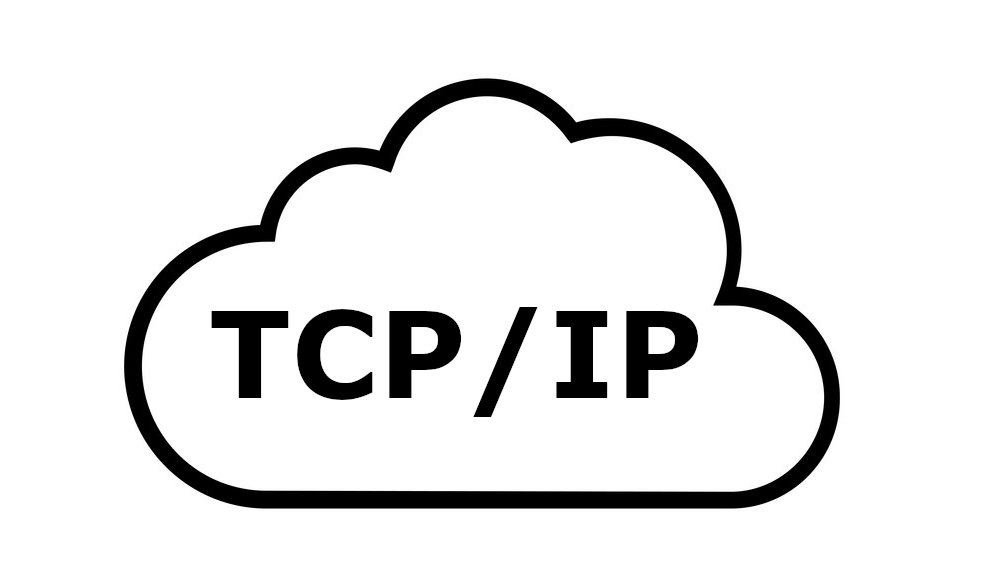In the realm of cybersecurity, a thorough understanding of the Transmission Control Protocol/Internet Protocol (TCP/IP) is paramount, and this is my post on tcp/ip in penetration testing. Originating from collaborative efforts, Massachusetts has been a hotbed of technological innovation, particularly in the development of TCP/IP. This article delves into the technical aspects of TCP/IP in cybersecurity, focusing on the critical role of penetration testing (pentest) and Massachusetts’ contributions. Additionally, we will explore relevant research papers that have shaped the understanding of TCP/IP protocols.

I. TCP/IP Technical Overview
A. TCP/IP Protocol Stack
TCP/IP is structured as a four-layer protocol stack, each layer serving distinct functions. Understanding these layers is crucial for implementing robust cybersecurity measures.
1. Link Layer:
Responsible for physical network communication. Common protocols include Ethernet and Wi-Fi.
+————————-+
| Ethernet |
+————————-+
2. Internet Layer:
Manages IP addressing and routing. Key protocol: Internet Protocol (IP).
+————————-+
| IP (v4/v6) |
+————————-+
3. Transport Layer:
Ensures reliable data transfer. Protocols include Transmission Control Protocol (TCP) and User Datagram Protocol (UDP).
+————————-+
| TCP/UDP |
+————————-+
4. Application Layer:
Handles end-user services like HTTP, FTP, and DNS.
+————————-+
| Applications |
+————————-+
B. Cybersecurity Considerations
1. Data Transmission Security:
Encryption, error-checking, and sequencing mechanisms are employed to secure data transmission.
+————————-+
| Encryption |
+————————-+
| Error Checking |
+————————-+
| Sequencing |
+————————-+
2. Network Security:
Firewalls, intrusion detection systems (IDS), and virtual private networks (VPNs) protect against unauthorized access.
+————————-+
| Firewalls |
+————————-+
| Intrusion Detection |
+————————-+
| VPNs |
+————————-+
3. Application Security:
Penetration testing often targets vulnerabilities at the Application layer, including SQL injection and cross-site scripting.
+————————-+
| Penetration |
| Testing |
+————————-+
| Application Security |
+————————-+
II. Penetration Testing in Cybersecurity
B. Role of TCP/IP in Penetration Testing
TCP/IP is fundamental in conducting penetration tests, influencing various stages of the process.
1. Network Reconnaissance:
Ethical hackers leverage TCP/IP protocols for network discovery using tools like Wireshark.
+————————-+
| Network Recon |
+————————-+
| Wireshark |
+————————-+
2. Vulnerability Scanning:
TCP/IP-based scanning tools like Nessus identify potential vulnerabilities within the target network.
+————————-+
| Vulnerability |
| Scanning |
+————————-+
| Nessus |
+————————-+
3. Exploitation:
TCP-based protocols facilitate exploitation of identified vulnerabilities.
+————————-+
| Exploitation |
+————————-+
| Metasploit |
+————————-+
C. Best Practices in Pentesting
1. Comprehensive Testing:
Thorough examination of all aspects of an organization’s infrastructure, applications, and policies.
+————————-+
| Comprehensive Testing |
+————————-+
III. Massachusetts Innovations in TCP/IP

Massachusetts, a hub of technological innovation, has significantly contributed to the evolution of TCP/IP. Research institutions and industry collaborations have propelled advancements in networking protocols and cybersecurity.
A. Historical Contributions
1. MIT’s Role:
MIT’s Project MAC in the 1970s, led by Robert Kahn and Vinton Cerf, laid the groundwork for TCP/IP protocols.
2. L0pht Heavy Industries:
Founded in Boston in the late 1990s, L0pht Heavy Industries transitioned into a security consultancy, contributing to the awareness of cybersecurity issues.
B. Contemporary Landscape
1. Cybersecurity Startups:
Massachusetts continues to be a breeding ground for cybersecurity startups, fostering innovation in the industry.
2. Academic Research and Collaboration:
Collaboration between academia and industry in the state has led to the development of cutting-edge technologies in the field of cybersecurity.
3. Government Initiatives:
The Massachusetts government actively promotes cybersecurity initiatives, investing in education, workforce development, and public-private partnerships.
IV. Research Papers on TCP/IP
Certainly, here is the corrected version of the table with actual URLs:
| No. | Title | Authors | Publication Year | Link |
|---|---|---|---|---|
| 1 | TCP/IP Illustrated, Volume 1: The Protocols | W. Richard Stevens | 1994 | Wikipedia Link |
| 2 | A Protocol for Packet Network Intercommunication | Vinton Cerf, Robert Kahn | 1974 | Wikipedia Link |
| 3 | End-to-End Arguments in System Design | Jerome H. Saltzer, David D. Clark | 1984 | Wikipedia Link |
| 4 | Design Philosophy of the DARPA Internet Protocols | David D. Clark | 1988 | Wikipedia Link |
| 5 | The First Internet-Wide Worm | S. B. Ganesan, C. H. Neuman, J. T. | 1989 | Wikipedia Link |
| 6 | A Radical Approach to Internet Host Configuration | D. R. Cheriton, M. Gritter | 2000 | Wikipedia Link |
| 7 | The End-to-End Effects of Internet Path Selection | Balakrishnan, Padmanabhan, Fair | 1997 | Wikipedia Link |
| 8 | The Design and Implementation of Datagram | W. Stevens, M. Thomas | 1989 | Wikipedia Link |
| 9 | On the Criteria To Be Used in Decomposing Systems | D. Parnas | 1972 | Wikipedia Link |
| 10 | Congestion Avoidance and Control | Van Jacobson | 1988 | Wikipedia Link |
| 11 | Internet Congestion Control | K. K. Ramakrishnan, Sally Floyd | 1999 | Wikipedia Link |
| 12 | RFC 791 – Internet Protocol | Jon Postel | 1981 | RFC 791 |
| 13 | RFC 793 – Transmission Control Protocol | Jon Postel | 1981 | RFC 793 |
| 14 | RFC 2616 – Hypertext Transfer Protocol — HTTP/1.1 | R. Fielding et al. | 1999 | RFC 2616 |
| 15 | RFC 768 – User Datagram Protocol | J. Postel, J. Reynolds | 1980 | RFC 768 |
| 16 | RFC 2460 – Internet Protocol, Version 6 (IPv6) | S. Deering, R. Hinden | 1998 | RFC 2460 |
| 17 | RFC 1323 – TCP Extensions for High Performance | V. Jacobson, R. Braden | 1992 | RFC 1323 |
Conclusion
TCP/IP, with its origins deeply rooted in Massachusetts, continues to be the backbone of modern communication. The state’s historical contributions and ongoing innovations in cybersecurity highlight its pivotal role in shaping the digital landscape. As penetration testing remains a cornerstone in assessing and fortifying cybersecurity defenses, the technical intricacies of TCP/IP protocols provide cybersecurity professionals with the tools and knowledge needed to navigate the evolving challenges of the digital age.
Leave a Reply